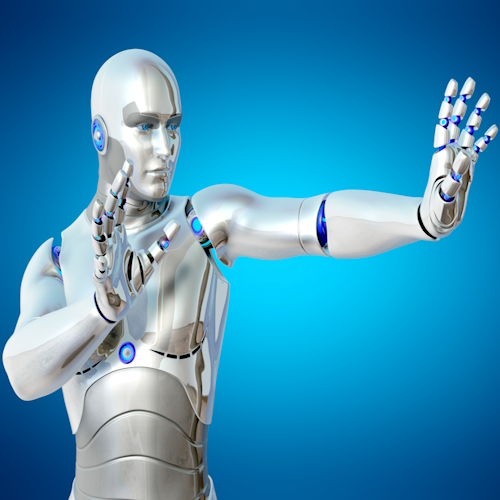Key points from article :
A 3D-printed Third Thumb allows more functional activities with one hand
Revolutionary wireless prosthetic thumb with effective adapatability in the brain
20-May-2021
A robotic ‘Third Thumb’ can impact how the hand is represented in the brain.
Trained people to use a robotic extra thumb and found they could effectively carry out tasks with one hand (with two thumbs).
Participants also increasingly felt like it was a part of their body.
"Body augmentation is a growing field aimed at extending our physical abilities," - Tamar Makin, lead study author.
The Third Thumb is 3D-printed, making it easy to customise, and is worn near the little (pinky) finger.
Toe sensors control different movements of the Thumb wirelessly by immediately responding to changes from the wearer.
20 participants were trained to use the Thumb over five days, totalling 2-6 hours of wear time per day.
Training enabled them to successfully improve their motor control, dexterity and hand-Thumb coordination.
In our brains, each finger is represented distinctly; the brain activity pattern in study participants became less distinct.
Changes might not be long-term, although more research is needed to confirm this.
Research by UCL and the University of Oxford, published in Science Robotics.
Mentioned in this article:
Click on resource name for more details.
University College London (UCL)
Diverse global community of world-class academics, students, industry links, external partners, and alumni







